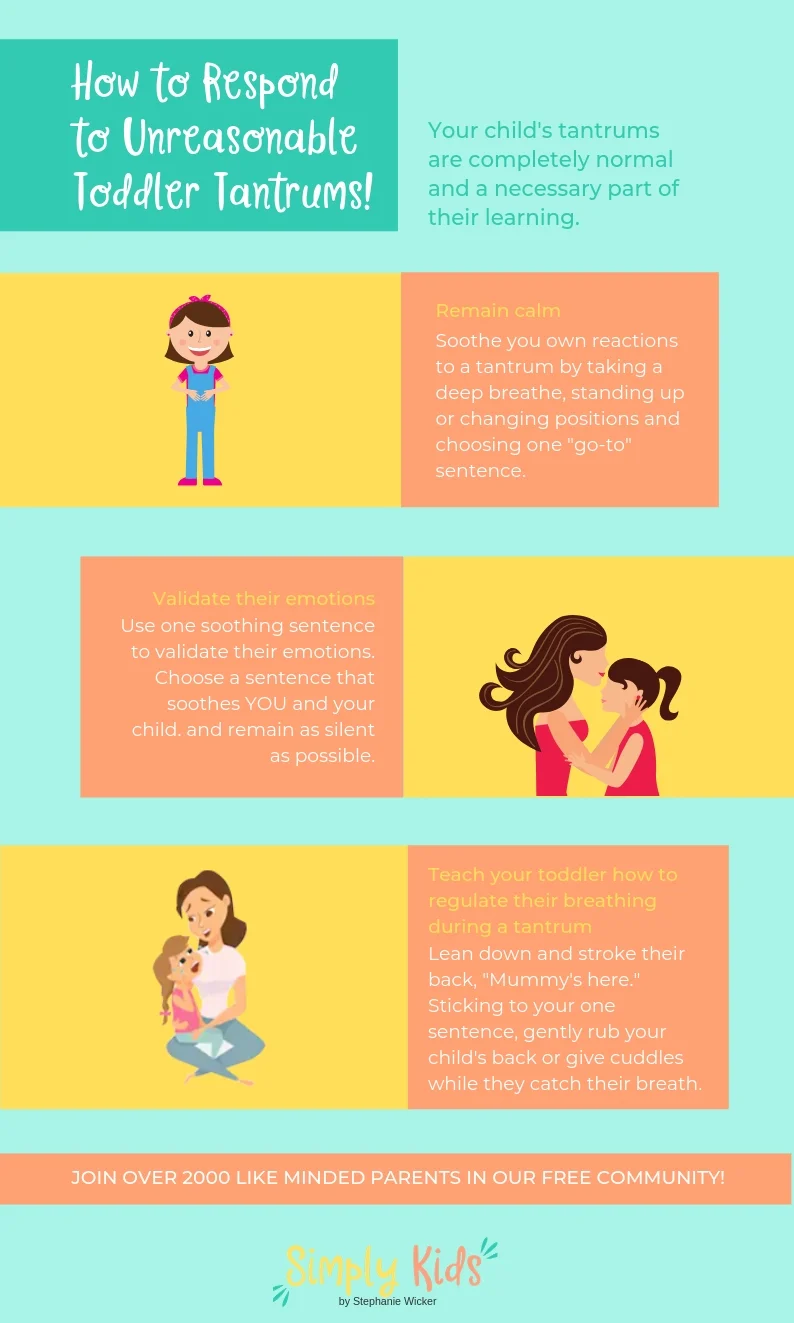How To Teach Toddler Emotional Regulation
Its a beautiful hands on activity where your child can build their own faces and discuss the emotion attached to it. 6 steps to improved emotional regulation skills step 1.

Emotional Control For Kids Meltdowns And Anger
Explore coping strategies.

How to teach toddler emotional regulation. A three year old for example may express anger by throwing a tantrum while a five year old might be able to more clearly verbalise the source of the anger. Feelings are always valid even when they are inconvenient or difficult. Just as its.
But setting limits on childrens behavior doesnt mean we need to set limits on what they feel. Teach the basics of emotional intelligence. 10 tips for teaching emotional regulation improving classroom behavior at the same time 1.
How and when self regulation develops. They also develop it by watching the adults around them. Kids cant run into the street throw their food at each other or pee on their baby brother.
After all its emotions that so often get us off track and into trouble. To achieve independence there must first be dependence. Model positive emotional regulation skills for your child.
Self regulation is the ability to control ones behavior including emotions thoughts actions and attention. Be a good role model. Connect the idea that emotions drive behaviors.
Check in all day long. Teach your child to create their emotions using a create a face activity. Empower your child with knowledge.
This toy emotion learning station is a great way to change facial expressions on a face with movable parts while discussing different emotions and feelings. Set the tone first thing in the morning. Manage stress because self regulation helps your child learn that she can cope with strong feelings and gives her the ability to calm herself down after getting angry.
So one of the most important things you can do to help your child learn self control is to regulate your own emotions so you can stay calm and patient with your child. Self regulation is the ability to manage your emotions and behavior in accordance with the demands of the situation. Naturally children develop those emotional regulation skills gradually and parents need to consider suitable modeling strategies for the different developmental stages.
Children develop self regulation through warm and responsive relationships. Help your child be a stress detective. Self regulation is really the ability to control impulsesfrom not hitting your brother when he takes your toy to not buying that expensive tv until you know you have enough money to pay your rent.
Our children do what they see. Emotional regulation and your child 1. Help students understand emotions in real time.
It includes being able to resist highly emotional reactions to upsetting stimuli to calm yourself down when you get upset to adjust to a change in expectations and to handle frustration without an outburst. And of course we need to just say no sometimes.
How To Respond During Those Big Unreasonable Toddler Tantrums
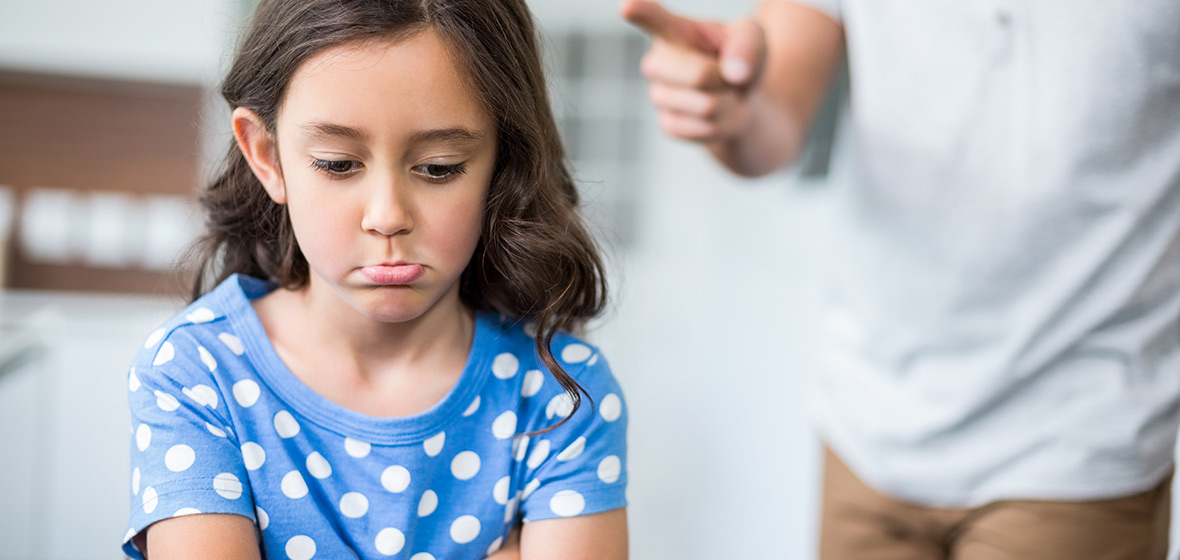
Does Harsh Parenting And Teacher Sensitivity Impact Emotion
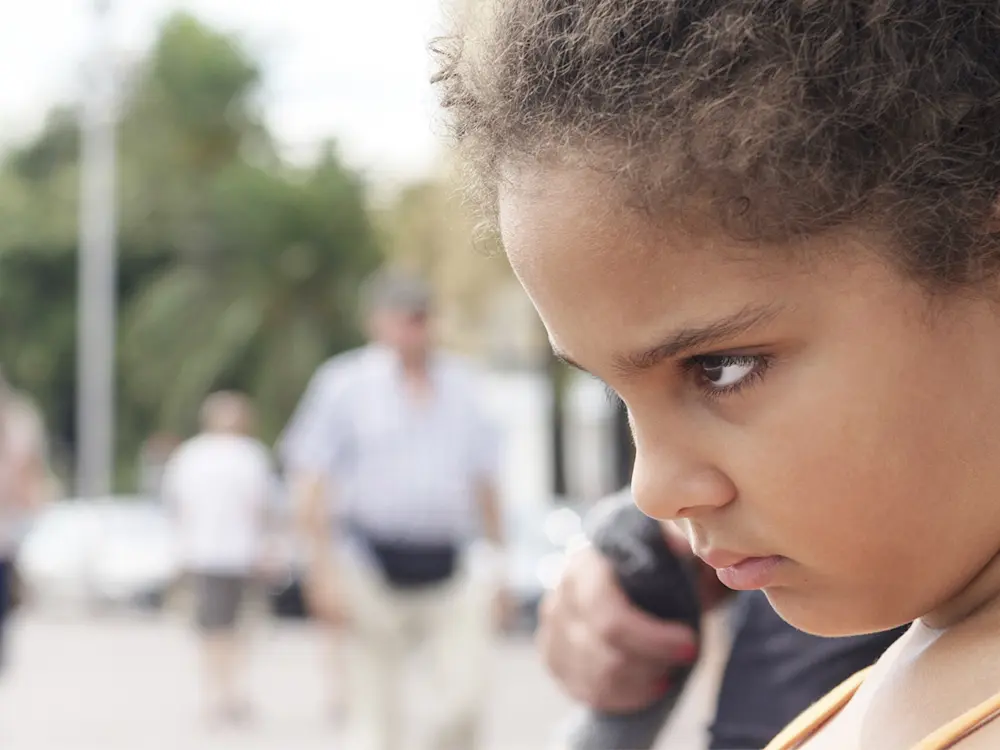
Self Regulation Skills In Children
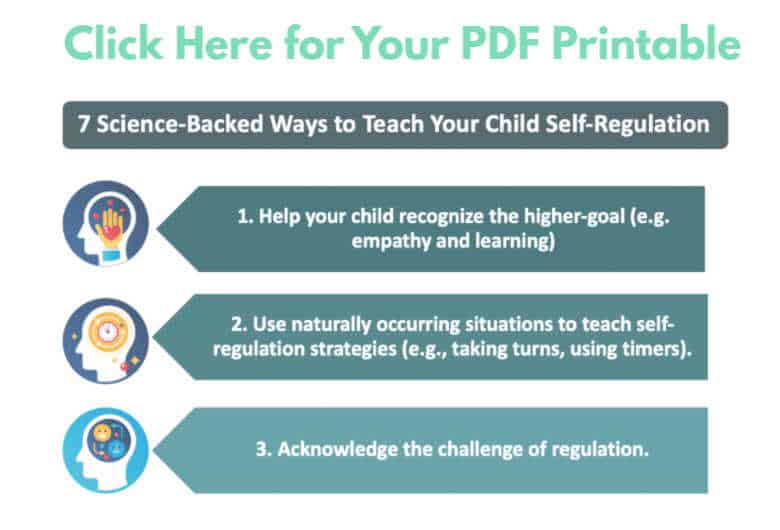
7 Science Backed Ways To Teach Your Child Self Regulation
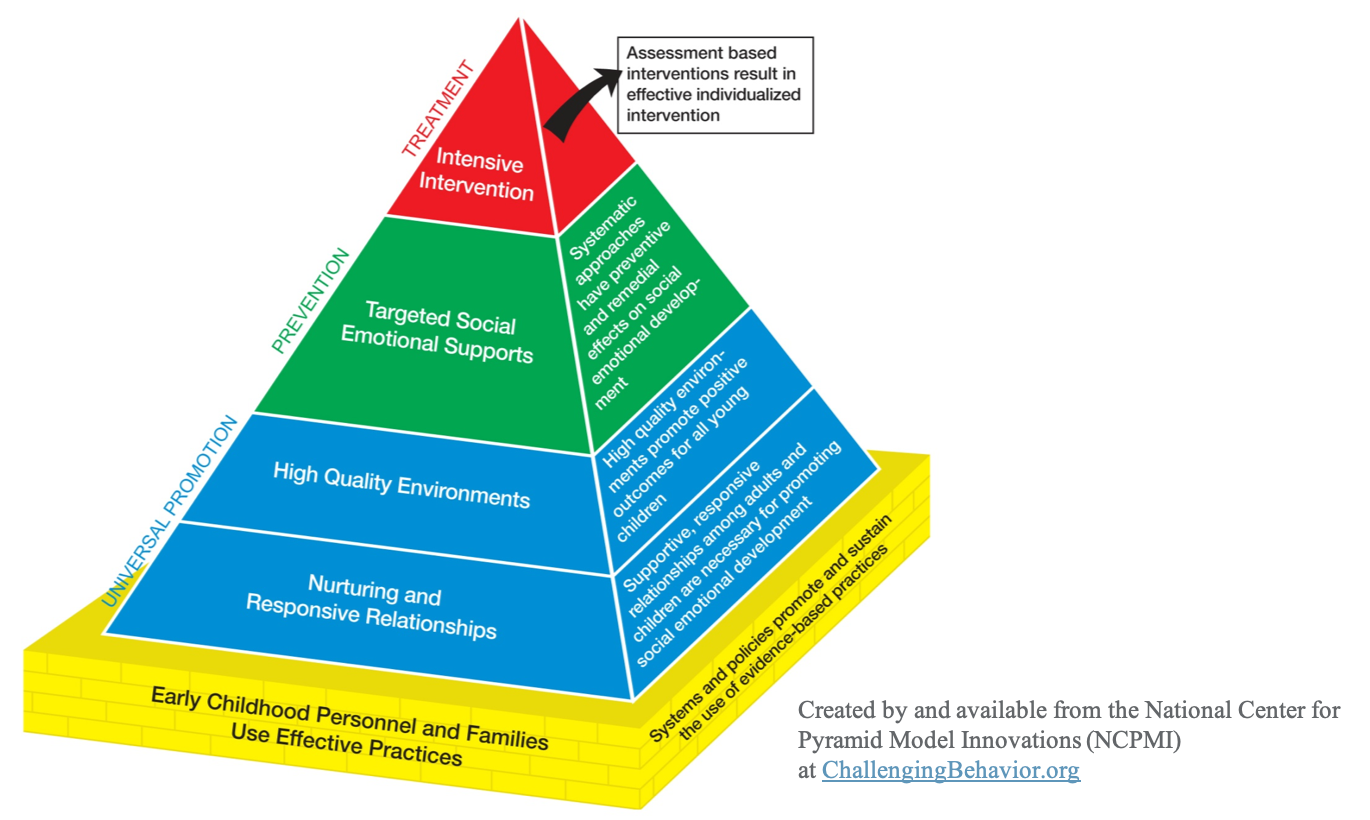
Supporting Young Children S Social Emotional Literacy Part 2

How To Strengthen Your Child S Emotional Intelligence
Feelings Emotions Activities

Teaching Children To Manage Big Emotions Unhurried Mom
Tips For Helping Children Learn To Regulate Their Emotions
